Dunnage Bags Do’s and Don’ts
Dunnage Bags Do’s and Don’ts – 10 Tips
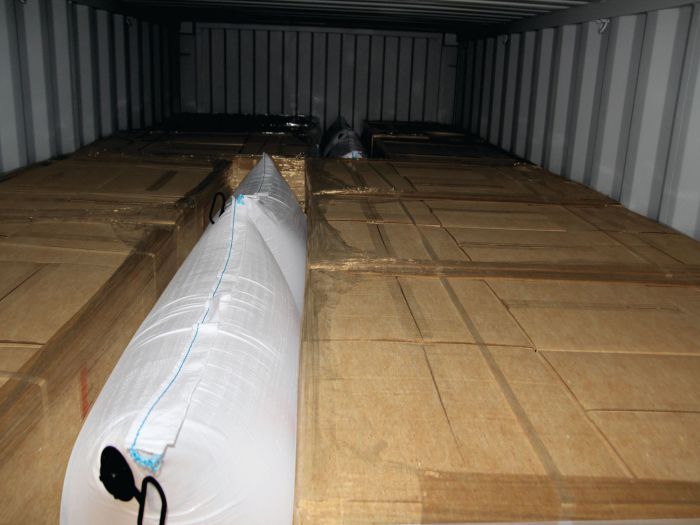
Are you considering using Dunnage Bags to secure your cargo? Also known as Dunnage air bags, or (inflatable) cargo bags, these bags are a great cargo securing product. They can be used in shipping containers, trucks, closed rail cars and vessels.
Dunnage bags are effective in blocking and bracing of cargo. These inflatable cargo bags […]


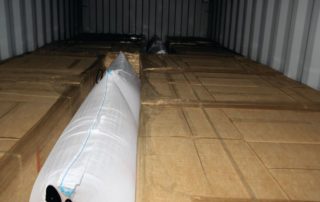
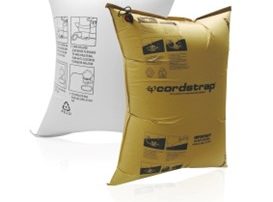



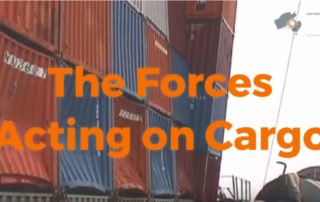
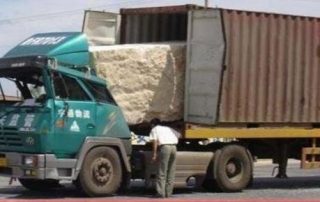
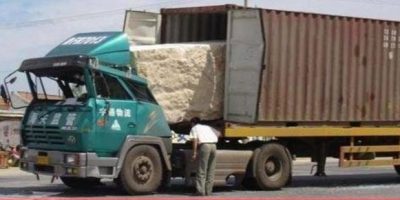 We always operate and advise our clients to secure their cargo conform the requirements of the CTU Code.
We always operate and advise our clients to secure their cargo conform the requirements of the CTU Code.